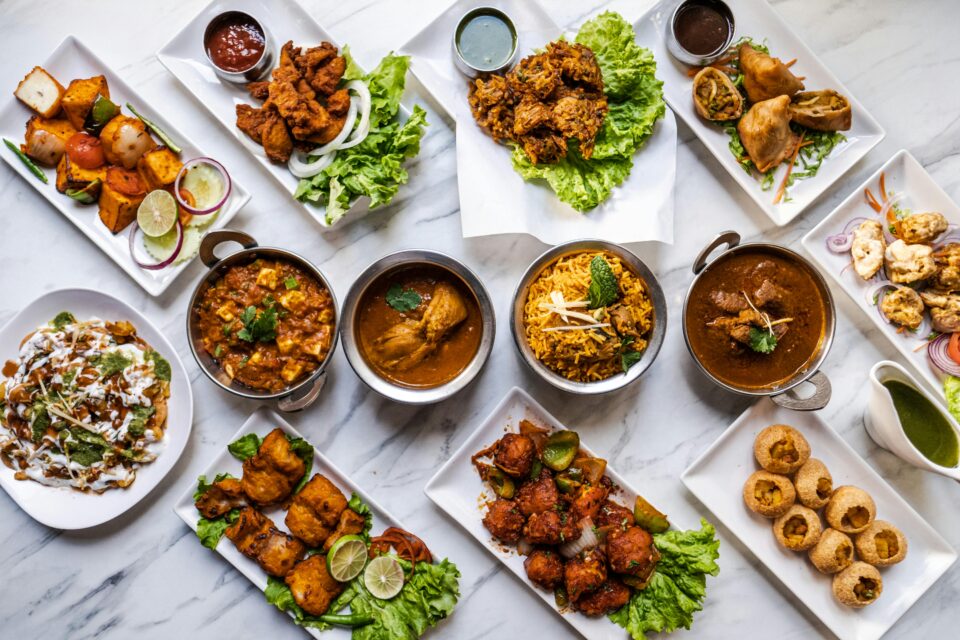Food served in Indian prisons is a reflection of the country’s diverse culture, economic constraints, and the necessity of maintaining a minimum standard of nutrition for inmates. As a crucial part of the correctional system, prison food aims to sustain the inmates’ health while adhering to strict budgets and guidelines.
This article delves into the intricate details of Indian prison food, from the daily meal schedule to the challenges faced in ensuring adequate nutrition for inmates. Let’s explore what’s on the menu behind the bars in Indian prisons.
The Structure of Indian Prison Meals
1. Basic Components of Prison Food
The Indian prison food menu typically revolves around staple items that are affordable, readily available, and nutritious. Key components include:
- Rice or roti (flatbread) as the primary carbohydrate source.
- Lentils (dal) for protein.
- Seasonal vegetables cooked simply without elaborate spices.
- Occasionally, a small serving of chutney or pickle to enhance the flavor.
2. Caloric Requirements
According to the Model Prison Manual released by the Government of India, each prisoner is entitled to a diet that provides approximately 2,400 to 2,800 calories per day. This includes proteins, carbohydrates, fats, and essential vitamins to ensure a balanced diet.
3. Meal Schedule
Inmates are generally served three meals a day:
- Breakfast: Consists of tea and simple items like poha (flattened rice) or bread.
- Lunch: Includes rice, dal, and a vegetable dish.
- Dinner: Similar to lunch, with slight variations in the menu.
Regional Variations in Prison Food
1. North Indian Prisons
In the northern regions, meals often consist of chapati (wheat bread), dal, and seasonal vegetables. Prisons in states like Punjab and Haryana may serve additional items like buttermilk or curd, reflecting local food habits.
2. South Indian Prisons
In the south, rice is the staple food, often accompanied by sambar, rasam, or a coconut-based curry. Prisons in states like Tamil Nadu and Kerala incorporate regional flavors into the meals.
3. Eastern and Northeastern Prisons
Inmates in eastern prisons, such as those in West Bengal, receive rice, lentils, and vegetables cooked with mustard seeds or traditional spices. Northeastern prisons may include items like bamboo shoots or fermented soybeans to cater to local tastes.
4. Western Indian Prisons
Prisons in western states like Maharashtra and Gujarat emphasize vegetarian diets, with meals including khichdi (rice and lentil porridge), chapati, and simple vegetable curries.
Challenges in Providing Adequate Nutrition
1. Budget Constraints
The allocation per inmate for food is minimal, often ranging between ₹30-₹50 per day. This limited budget poses significant challenges in meeting the nutritional needs of prisoners while maintaining food quality.
2. Overcrowding
Overcrowding in Indian prisons exacerbates the strain on resources, leading to compromises in food quantity and quality.
3. Inadequate Infrastructure
Many prisons lack modern kitchen facilities, making it difficult to prepare hygienic and balanced meals on a large scale.
Special Provisions for Dietary Requirements
1. Religious and Cultural Considerations
Indian prisons accommodate the dietary restrictions of inmates based on their religious beliefs. For example:
- Vegetarian meals are provided for inmates who do not consume meat.
- Special meals are arranged during festivals like Eid, Diwali, or Christmas.
2. Medical Diets
Inmates with medical conditions receive tailored diets, such as low-salt meals for hypertension or sugar-free options for diabetes.
3. Pregnant Women and Children
Special attention is given to pregnant inmates and those with children in prison. They receive additional supplements like milk, fruits, and eggs to meet their nutritional needs.
Reforms and Modernization Efforts
1. Introduction of Modern Kitchens
Several prisons have introduced mechanized kitchens to improve hygiene and efficiency. These kitchens are equipped to prepare meals for thousands of inmates with minimal manual intervention.
2. Inclusion of Vocational Training
Some prisons involve inmates in food preparation as part of vocational training programs. This not only reduces costs but also imparts valuable skills that can aid in rehabilitation.
3. NGO Interventions
Non-governmental organizations occasionally collaborate with prison authorities to provide improved meals, especially during festivals or special events.
Criticism and Public Perception
Despite efforts to standardize prison food, there have been frequent criticisms regarding its quality and quantity. Reports of undercooked meals, lack of variety, and insufficient portions are common. Public perception often oscillates between empathy for inmates and skepticism about the allocation of taxpayer money for their welfare.
Conclusion
The topic of Indian prison food is as complex as the correctional system itself. While significant efforts are made to provide balanced and culturally sensitive meals, challenges such as budget constraints, overcrowding, and outdated infrastructure remain. Addressing these issues through reforms, technology, and collaboration is essential for ensuring the dignity and well-being of inmates.

